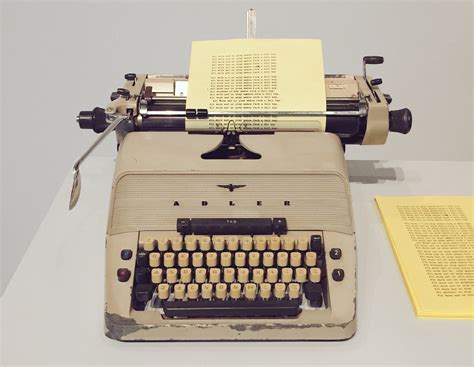Please refer and adhere to the following guidelines to the best of your ability, but feel free to reach out to NRFTSJournal(AT)gmail(DOT)com if you have any questions or concerns!

Submissions
All submissions should align with material that New Review of Film and Television Studies has previously published. This scope is fairly broad and can include articles spanning global film and television industries and utilizing various analytical strategies and subfields (audience studies, genre studies, industry studies, close reading, etc.). The best way to know if your article is a good fit for the New Review of Film and Television Studies is to read through past issues.
Print Journal
We accept submissions for completed manuscripts between 8,000 and 10,000 words in length. Submissions should adhere consistently to a recognized style guide (Chicago, MLA, APA, etc.).
For the print journal, you will need to submit through the Taylor and Francis portal, which includes a helpful user guide!
Website
Website pieces are typically tie-ins with authors publishing in the print journal; however, we are open to website-only pitches. If you have an idea for a piece to be published on our website, please email us at NRFTSJournal(AT)gmail(DOT)com with as much information as possible.
Note that pieces for the website include a broader range of tone and audience, as they include more public-facing writing. As such, while these pieces should still be academic in nature, they can span more genres of writing and tone than you might typically submit for academic publication (film festival reviews, for example, would fit best on the website).
Please note that in order to receive consideration, unsolicited submissions for Short Takes and other website-only content require a proposal to be sent to NRFTSJournal(AT)gmail(DOT)com prior to the complete submission.
Here’s some information about the different sections of our site and the types of pieces we publish in each one:
- Close-ups: interviews with and conversations between screen media scholars and/or creators.
- Short Takes: Brief commentaries on topical subjects appealing to our readers.
- Roundtables: Group discussions of issues of scholarly interest.
- Master Classes: Pieces on creative pedagogies and innovating approaches to teaching screen media. In this section, we also feature translations of film and media scholarship published originally in languages other than English.
- Festival Reports: Spotlights and recaps of film festivals.
- Book Reviews: Short-form reviews of recent film- and media-related books aimed at a non-exclusively academic audience and/or books focused on individual films/TV shows/auteurs, likely to be of interest to both our journal readership and general readers’
Podcasts
Our podcast features conversations between scholars, practitioners, and others working with media in a variety of ways. If you have an idea for a podcast episode, such as a conversation or interview that you think fits within the purview of what we have previously published, please reach out to Max Bledstein at MaxBledstein(AT)gmail(DOT)com or to our general inbox at NRFTSJournal(AT)gmail(DOT)com.
Book Reviews
If you are interested in reviewing a new book for New Review of Film and Television Studies, please submit your idea to our book reviews editor, M. Sellers Johnson at MSellers1923(AT)gmail(DOT)com.
Books for review should be published within the last 12-18 months and reviews typically fall between 1,000 and 2,000 words.
Special Issues
Guest editors interested in proposing a special issue should begin by contacting the Editor-in-Chief at Matthew(DOT)Connolly(AT)mnsu(DOT)edu. Potential guest editors may be asked to provide: a summary of the issue, proposed authors, abstracts, word counts, and a submission date.
Desk Review
All print journal manuscripts are reviewed initially by journal editor(s) prior to peer review submission in order to assess fit and conformity with journal submission requirements.
Peer Review
If your print journal article is marked as needing revisions for inclusion in the journal, we ask that when you submit your revised manuscript you include a document detailing how you have addressed reviewer comments. Using Track Changes in your word processor as you edit is also encouraged but not required.
Finalizing and Publication
Print Journal
In finalizing for publication, after peer review is completed, your manuscript will go through a line editing process with our editor(s). From there, you will receive final proofs from our production team. Once these steps are complete your article will be published first online and then in print. Articles for special issues appear online and in print simultaneously.
Website
For website pieces you will be in contact with our Associate Editor throughout the process and our Online Editor in finalizing the formatting for how your piece will look on our site. For tie-in pieces with the print journal, these stages should be completed concurrently with print journal publication so that your piece for the website is publishable alongside or prior to print article publication.
